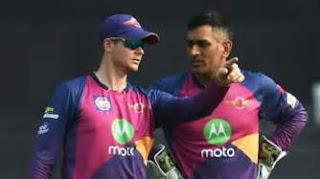
Extras: Additional runs can be gained by the batting team as extras (called "sundries" in Australia) due to errors made by the fielding side. This is achieved in four ways: 1) No ball: It is a penalty against the fielding team, usually as a result of an illegal delivery by the bowler. There are two ways by which the the bowl delivered is called as no ball. One is if the bowler over steps the crease while delivering the bowl and another is if the bowl which is delivered is full tosh ball above the waist height. 2) Wide: There are two ways by which the bowl deliveres is called as wide ball. One is if the ball while being delivered by a bowler too wide and another is if it is too high to be hit by the batsman, and ruled so by the umpire. 3) bye: an extra awarded if the batsman misses the ball and it goes past the wicket-keeper and gives the batsmen time to run in the conventional way. leg bye is also considered as bye run if the ball has h...





